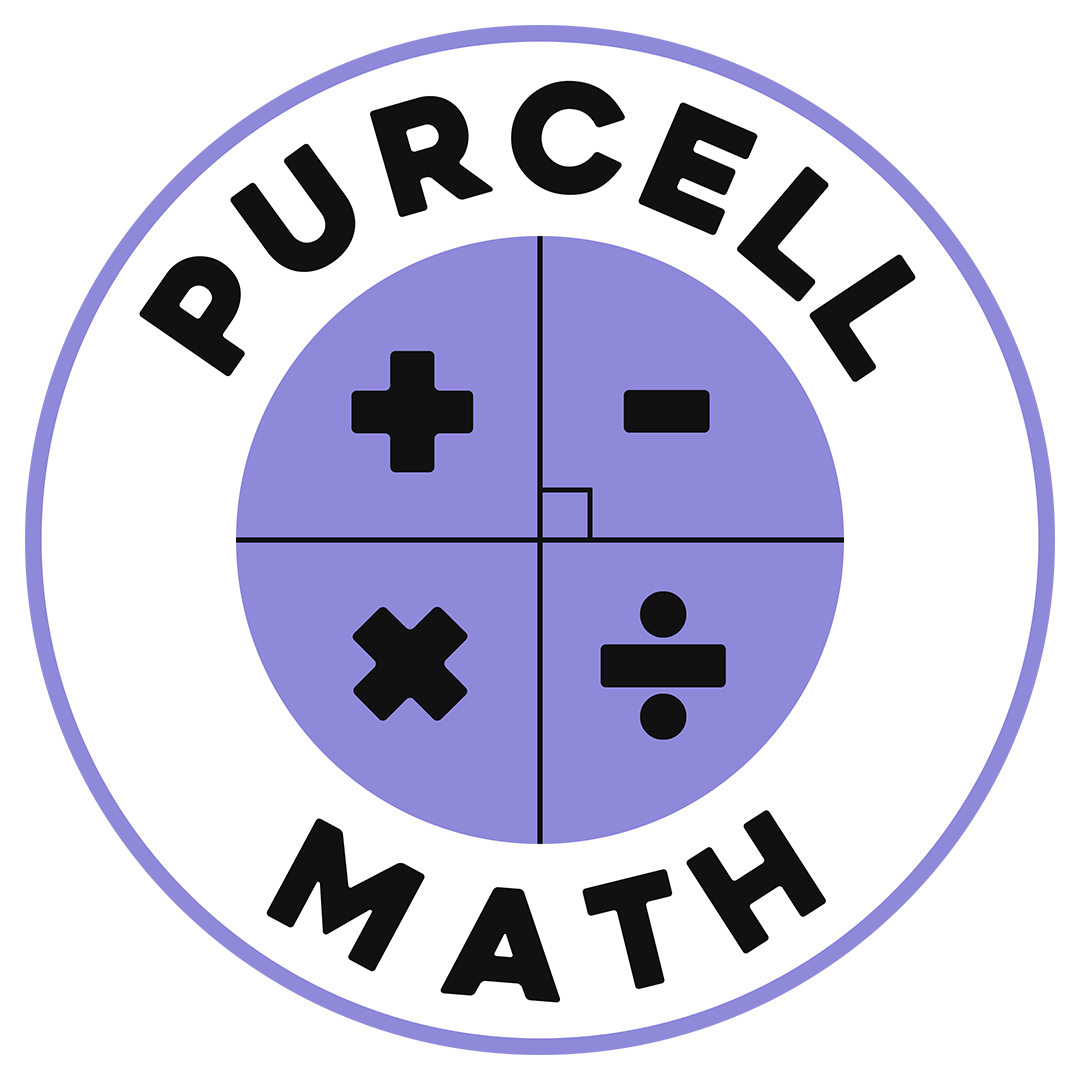Your cart is currently empty!
Factoring grade 7
When we factor a polynomial we are taking a sum or difference of terms and writing them as a product of factors.
Example . Ax – Ay equals A(x-y). The factors are A and x-y.
There are four ways to factor:
1. Highest common factor
2. Difference of squares
3. Grouping
4. Factoring trinomials.
Example 1. Factor 3x -6x -9 .
Solution 1: 3(x-2x-3)
3 is the highest common factor of the 3 terms.
Example 2. Factor x squared – 9y squared.
Solution 2. Sq. Root of x squared is x. Sq. Root of 9y squared is 3y. Therefore (x-3y)(x plus 3y).
Example 3. Factor ax plus bx – 3a -3b.
Solution 3. X(a plus B) -3(a plus b) equals (a plus b)(x-3).
Example 4. Factor 2x squared -4x plus 2.
Solution 4. 2(x squared – 2x plus 1) equals 2(x-1) squared
Expanding and factoring are reverse processes. Expanding is multiplying all of the factors out and collecting like terms. It is useful if one wants to check the solution of a factored expression.
In the 4 methods:
1. The highest common factor is the common factor unique to all terms.
2. The difference of squares formula is A squared -B squared and it equals (A-B)(A plus B)
3. In grouping group the two terms that are common and then factor out the terms like a common factor.
4. Two types of trinomials, perfect square trinomial and regular one.
- PST Form: ax squared plus/minus 2axby plus by squared equals: (ax plus/minus by) all squared.
- Regular One: x squared plus/minus 2bxy plus by squared equals (x plus – by)(x plus -by).
Essentially here you’re looking for two integers that multiply to give you b squared and add together to give you plus or minus- 2b

Contribute to the Formula